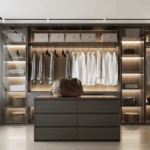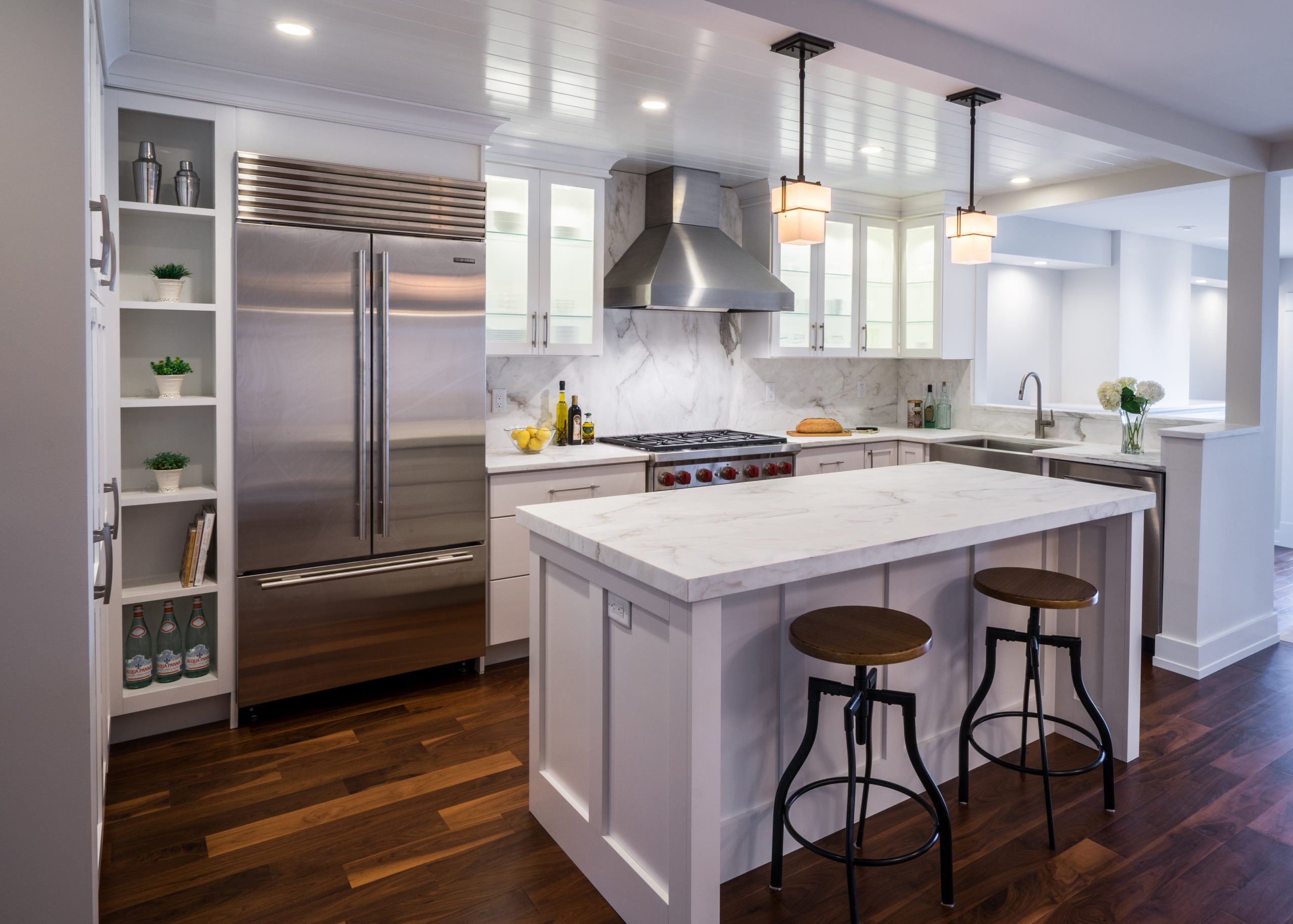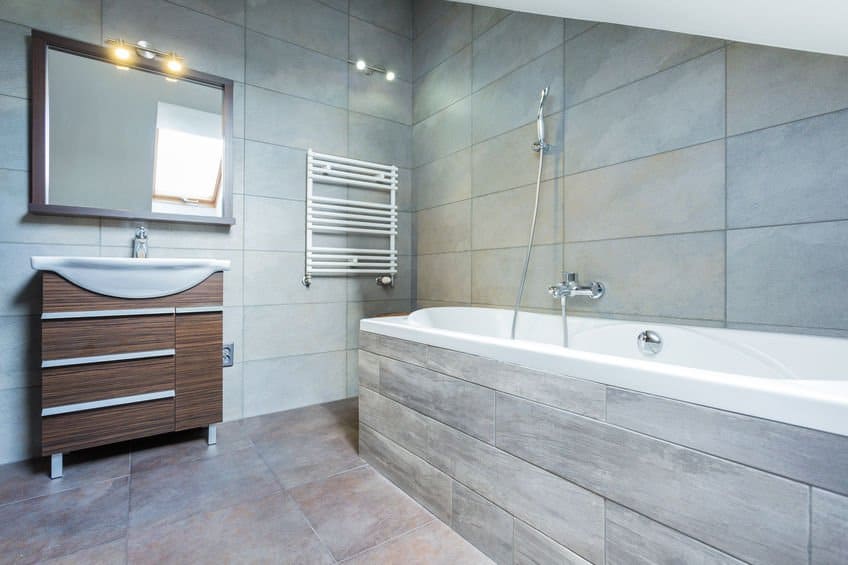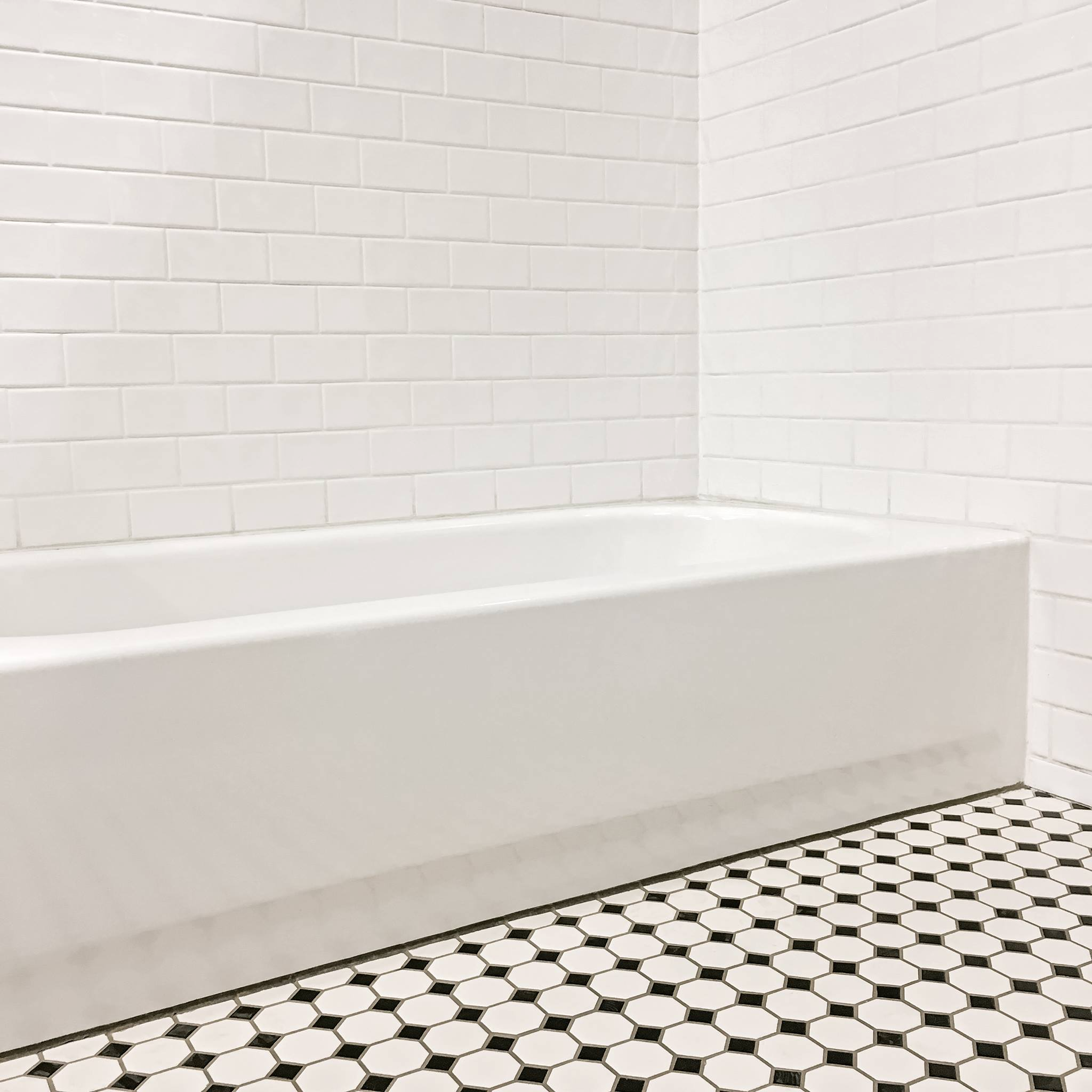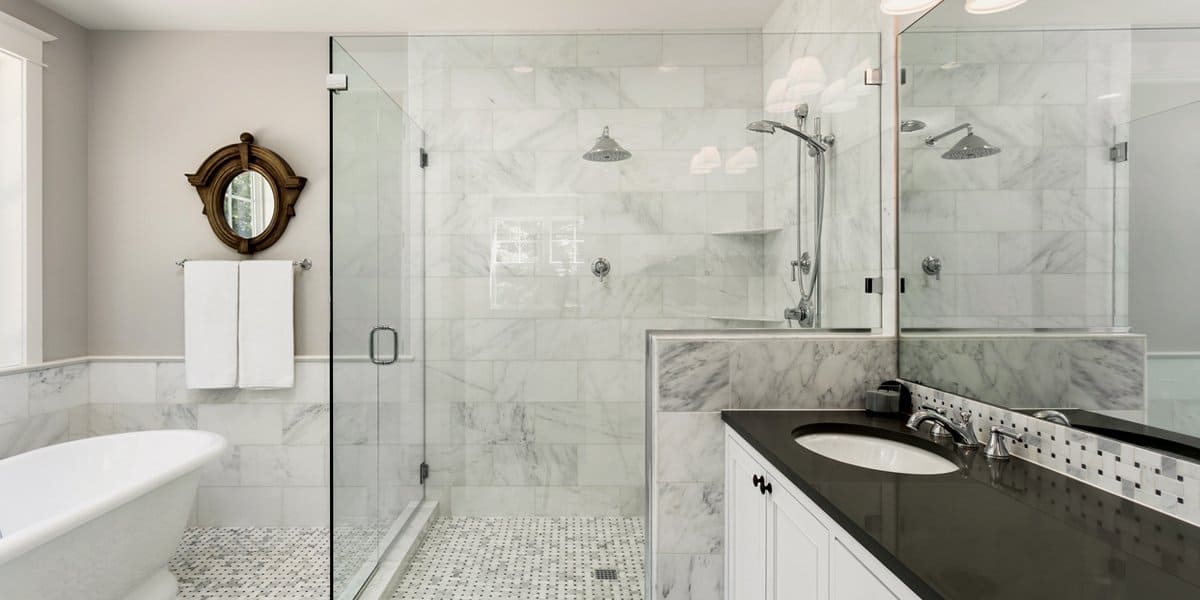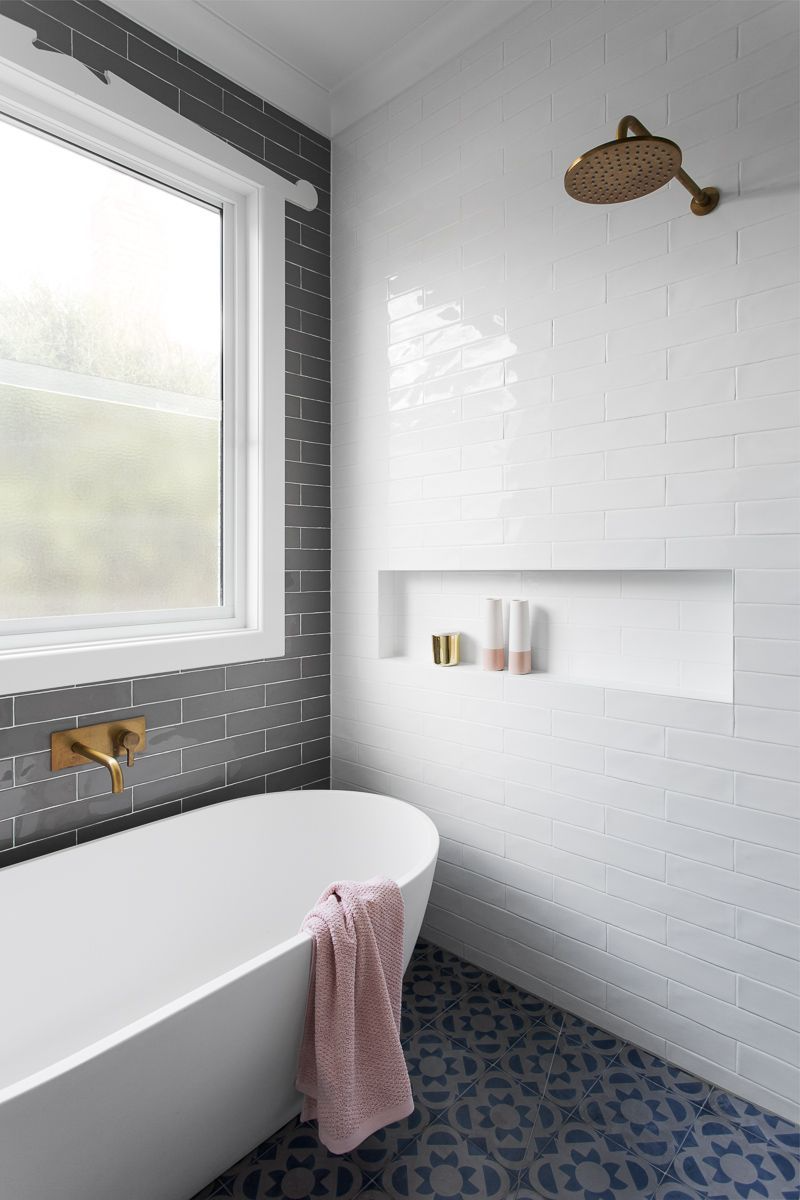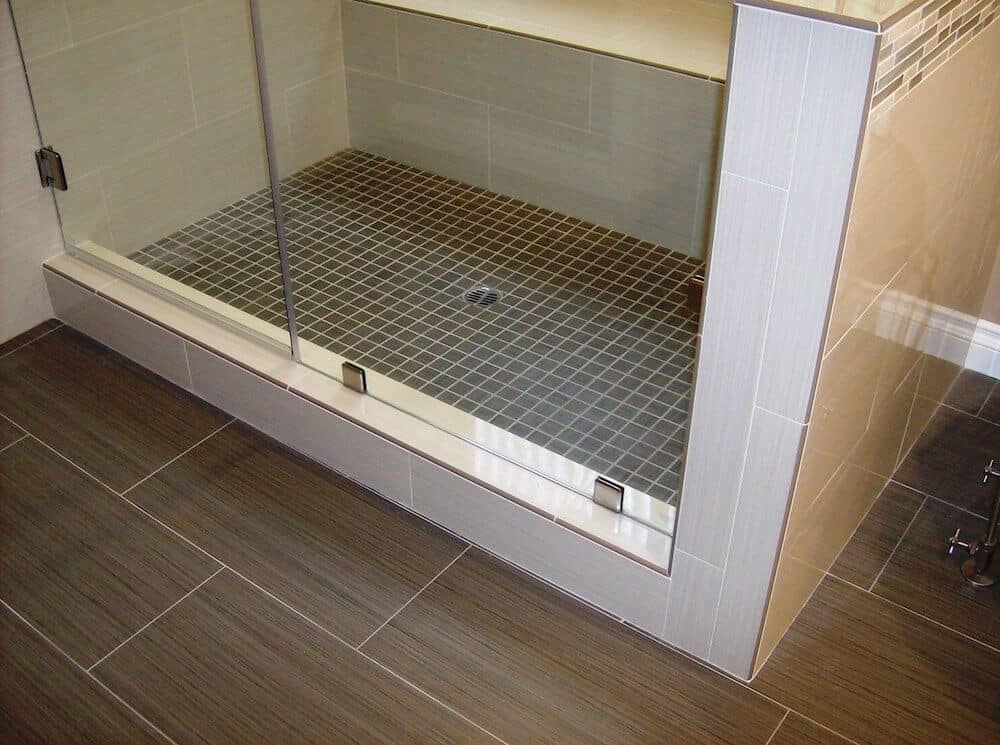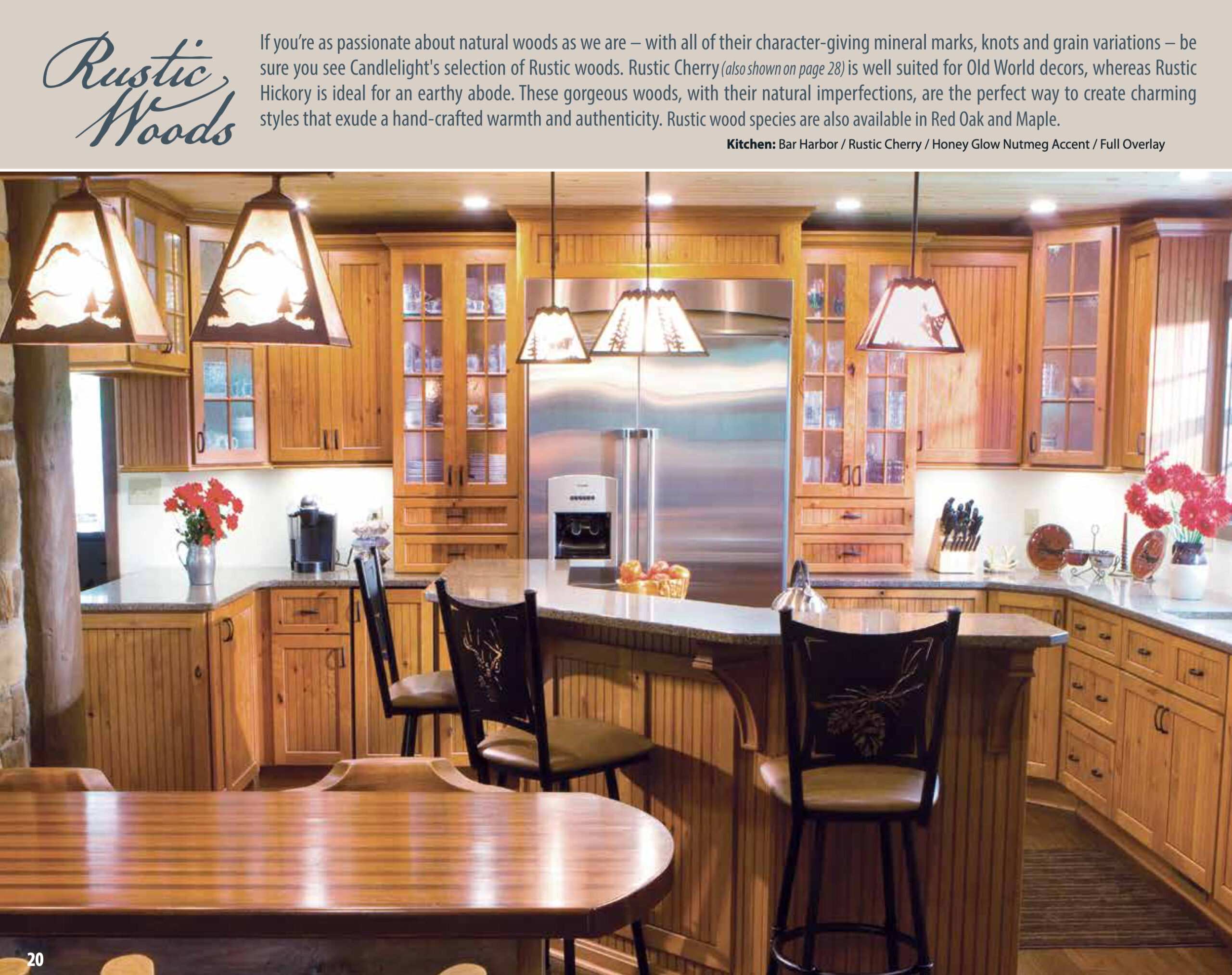In custom kitchens, a variety of wood types and finishes are utilized to create unique and stylish cabinetry. Here are some popular wood types and finishes commonly used in custom kitchen projects:
Wood Types:
Maple: Maple is a versatile hardwood known for its smooth, fine grain and light color. It takes stain well and is often used for contemporary and traditional kitchen designs.
Cherry: Cherry wood has a warm, reddish-brown tone that darkens beautifully with age and exposure to light. It’s a popular choice for elegant and classic kitchen styles.
Oak: Oak is a durable and traditional wood option, available in red oak (with a pinkish hue) and white oak (with a more golden appearance). Oak is often used in rustic or traditional kitchen designs.
Walnut: Walnut is a luxurious hardwood with a rich, dark color and striking grain patterns. It’s highly sought after for high-end, modern, and transitional kitchen designs.
Alder: Alder wood has a straight grain and a light brown color. It’s frequently used in rustic, country-style, or farmhouse kitchen designs.
Hickory: Hickory is a sturdy wood with a distinctive grain pattern, ranging from light to dark brown. It’s a popular choice for rustic and country-themed kitchens.
Birch: Birch wood has a smooth texture and a light color, making it a cost-effective alternative to more expensive hardwoods. It’s often used in contemporary or transitional kitchen designs.
Finishes:
Stained Finish: Staining enhances the natural color of the wood while showcasing its grain patterns. It comes in various shades and tones to match different design preferences.
Painted Finish: Painting the cabinetry allows for unlimited color options, making it easier to achieve a specific style or match the kitchen’s overall theme.
Distressed Finish: Distressing techniques give the cabinets a weathered, aged appearance, perfect for achieving a vintage or rustic look.
Glazed Finish: A glazed finish involves applying a transparent or colored glaze over the base coat, adding depth and dimension to the cabinetry.
Matte Finish: A matte finish offers a smooth and non-reflective surface, providing a modern and understated look.
High-Gloss Finish: A high-gloss finish creates a shiny, reflective surface, giving the kitchen a contemporary and sleek appearance.
Natural or Clear Finish: A clear finish showcases the wood’s natural beauty, preserving its original color and texture.
Custom kitchens offer homeowners the freedom to choose from an array of wood types and finishes, allowing them to create a kitchen space that reflects their personal style and complements the overall aesthetic of their home.
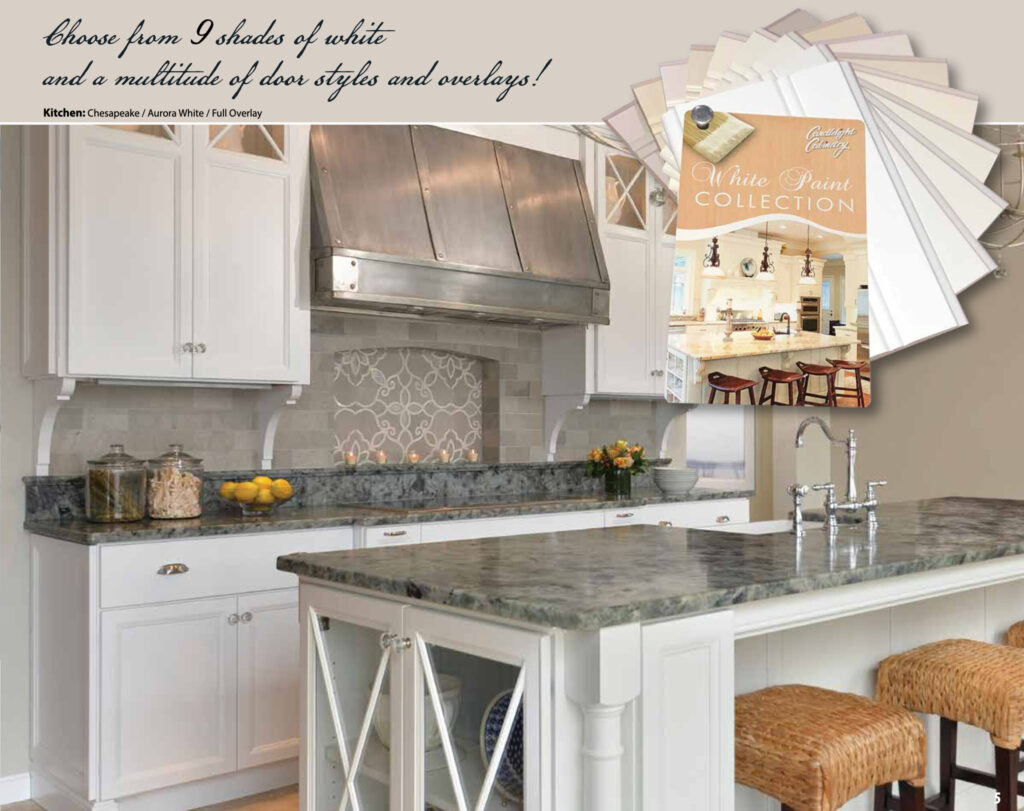
Inset kitchen cabinets refer to a style of cabinetry installation where the cabinet doors and drawers are set inside the cabinet frame, creating a flush surface with the frame when closed. In contrast, traditional overlay cabinets have their doors and drawers mounted on the outside of the cabinet frame, partially covering it.
The defining feature of inset cabinets is that the cabinet doors and drawers are designed to fit precisely within the cabinet frame openings, leaving minimal gaps between the door/drawer and the frame. This design choice offers a clean and seamless look, showcasing the craftsmanship of the cabinetry.
Key characteristics of inset kitchen cabinets include:
Precise Fit: Inset doors and drawers are carefully measured and constructed to fit precisely within the cabinet frame, ensuring a neat and uniform appearance.
Exposed Hinges: Because the doors are flush with the cabinet frame, inset cabinets typically use exposed hinges on the outside of the cabinet doors, adding a traditional and classic touch.
High-Quality Craftsmanship: Inset cabinets require precise construction and installation, which often translates to a higher level of craftsmanship and attention to detail.
Classic and Timeless Appeal: Inset cabinets have a classic and timeless aesthetic that works well with traditional, transitional, and even some modern kitchen designs.
Space Considerations: One potential drawback of inset cabinets is that they slightly reduce the storage space inside the cabinet due to the door/drawer being inside the frame rather than covering it.
Because of the meticulous craftsmanship required for their installation and the higher material and labor costs involved, inset kitchen cabinets tend to be more expensive compared to standard overlay cabinets. However, for homeowners seeking a high-end and refined look for their kitchen, inset cabinets can be a beautiful and elegant choice.
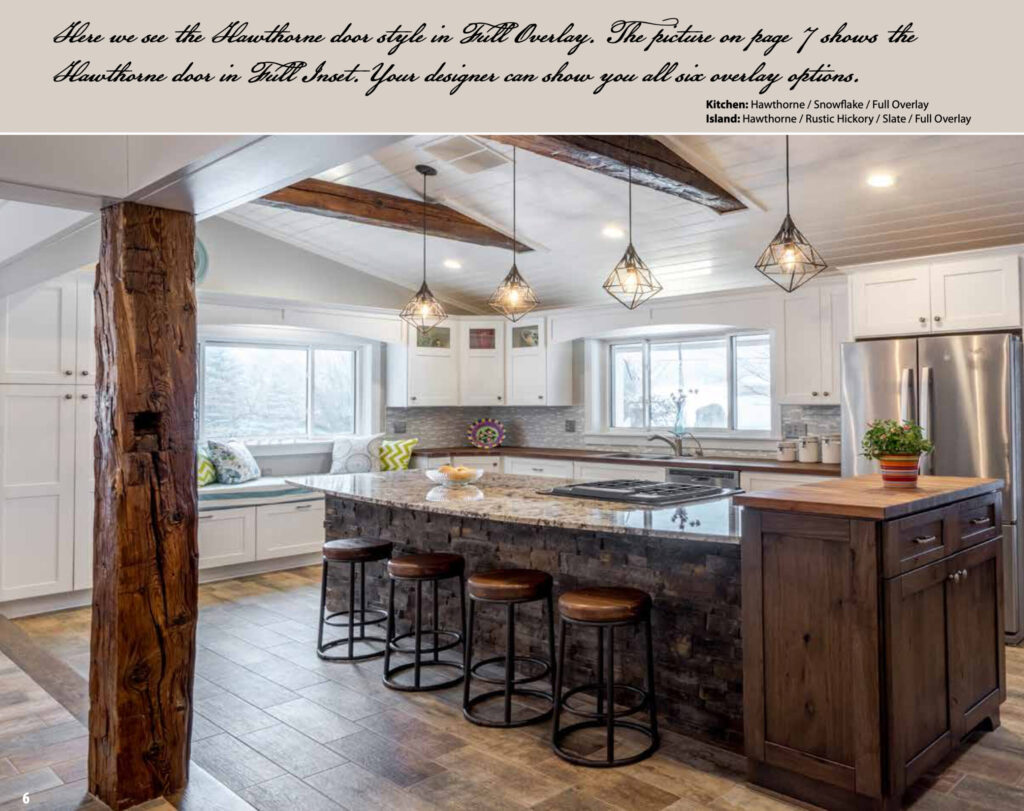
Painted and stained kitchen cabinets are two different finishing techniques used to enhance the appearance of wood cabinetry. Each method offers a distinct look and brings out different characteristics of the wood. Here are the key differences between paint and stained kitchen cabinets:
Appearance:
- Painted Cabinets: Paint completely covers the surface of the wood, obscuring the natural grain and texture. This allows for unlimited color options, making it easier to match the cabinets with the overall kitchen decor. Painted cabinets offer a smooth and uniform appearance, giving a clean and modern look to the kitchen.
- Stained Cabinets: Staining enhances the natural beauty of the wood by adding color while still allowing the grain and texture to show through. Stains come in various shades, from light to dark, and highlight the unique patterns of the wood. Stained cabinets provide a more organic and warm feel, ideal for traditional and rustic kitchen designs.
Versatility:
- Painted Cabinets: Paint offers greater versatility in terms of color choices, allowing homeowners to match the cabinets with any color scheme or design theme. It is a popular option for achieving specific looks like contemporary, modern, or eclectic styles.
- Stained Cabinets: While stains offer a range of colors, they are not as diverse as paint in terms of color options. However, they provide a natural and timeless appearance, perfect for classic and traditional kitchen designs.
Maintenance:
- Painted Cabinets: Painted surfaces are generally easier to clean and maintain, as spills and stains can be wiped off easily with a damp cloth. However, painted surfaces may show scratches and dings more visibly, requiring touch-ups over time.
- Stained Cabinets: Stained cabinets may require more care and maintenance, as stains and spills can be absorbed into the wood and might require more effort to clean. However, any scratches or imperfections tend to blend better with the stained finish.
Cost:
- Painted Cabinets: The cost of painted cabinets can vary depending on factors such as the quality of paint and the complexity of the color scheme. In general, they tend to be more expensive than stained cabinets due to the additional labor and materials involved.
- Stained Cabinets: Stained cabinets are often more cost-effective, as the staining process is relatively simpler and requires fewer materials than painting.
Both painted and stained cabinets offer unique and appealing aesthetics, and the choice between the two depends on personal preferences, design goals, and the overall style of the kitchen.
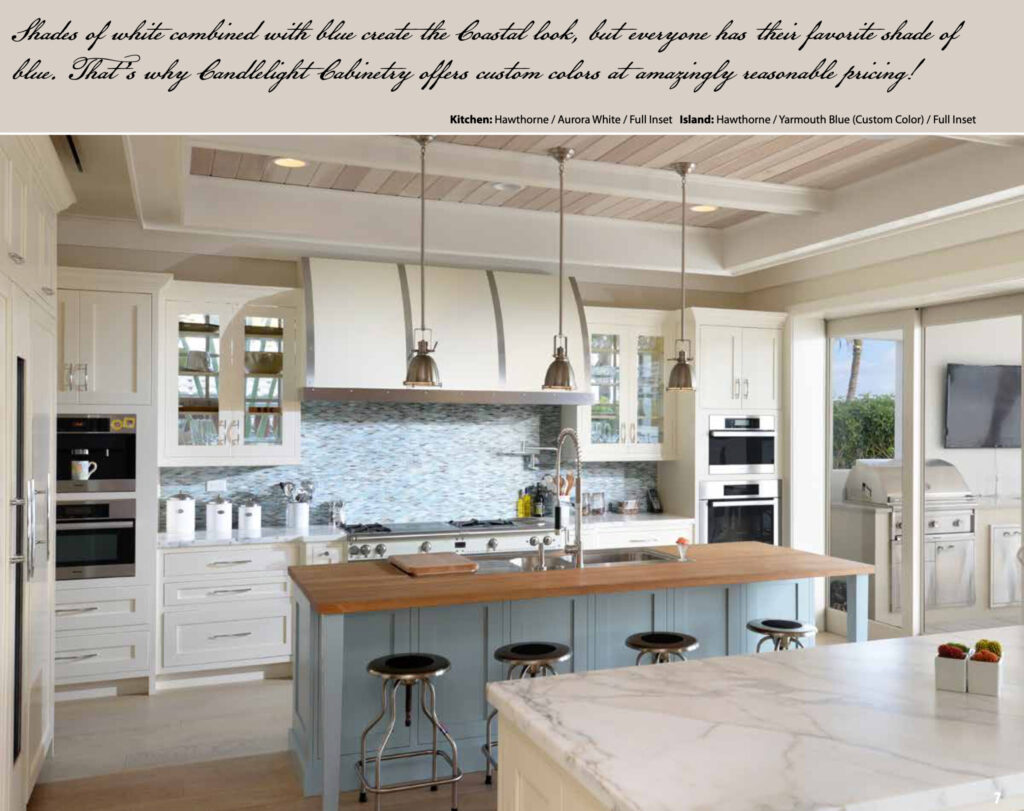
When working with a custom cabinet manufacturer, you have a wide range of options for sizes and cabinet modifications. The beauty of custom cabinetry is that it can be tailored to your specific needs and preferences, allowing you to optimize your kitchen or space efficiently. Here are some of the options available to you:
Custom Sizes: Unlike stock or semi-custom cabinets, which come in predefined sizes, custom cabinets can be made to fit any dimensions you require. This means you can have cabinets that precisely match the available space in your kitchen or any other area where you need cabinetry.
Cabinet Height and Depth: You can choose the height and depth of your cabinets based on your preferences and the available space. Customizing the height can be especially useful if you have high ceilings or want to maximize storage capacity.
Cabinet Door Styles: Custom cabinet manufacturers offer a wide selection of door styles for you to choose from. Whether you prefer traditional, contemporary, shaker, or other designs, you can find the perfect door style to match your kitchen’s overall aesthetic.
Cabinet Materials: With custom cabinetry, you can select from a variety of high-quality materials, such as hardwoods, plywood, MDF, or even sustainable options like bamboo. Each material has its unique characteristics and price points, allowing you to find the right balance between aesthetics and budget.
Cabinet Finishes: You can choose from an array of finishes, including paint colors, stains, glazes, and varnishes. Custom cabinet manufacturers often have a wide range of color options to match your desired kitchen or room theme.
Cabinet Accessories: Custom cabinets can be equipped with various accessories to enhance functionality and organization. These may include pull-out trays, spice racks, lazy Susans, trash can pull-outs, and more.
Cabinet Interior: You can customize the interior of the cabinets to suit your specific storage needs. Adjustable shelving and dividers can be included to accommodate various items and keep your kitchen organized.
Cabinet Hardware: From knobs to pulls, the hardware for your custom cabinets can be selected to complement the overall design of your kitchen or space.
Cabinet Modifications: Custom cabinet manufacturers can accommodate unique requirements, such as corner cabinets, angled cabinets to fit sloped ceilings, or custom cutouts for appliances and plumbing fixtures.
Design Assistance: Many custom cabinet manufacturers offer design services to help you create a personalized and efficient layout for your kitchen or space.
When working with a custom cabinet manufacturer, you can collaborate closely with their designers and craftsmen to bring your vision to life. They can guide you through the process, making suggestions and offering solutions that meet your functional and aesthetic goals while maximizing the use of your available space.
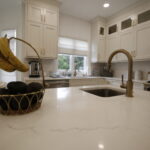
Kitchen remodel using two tone Rift White Oak and Simply White
G&G now offers design & installation of closets from Perfect Fit Closet Canada
